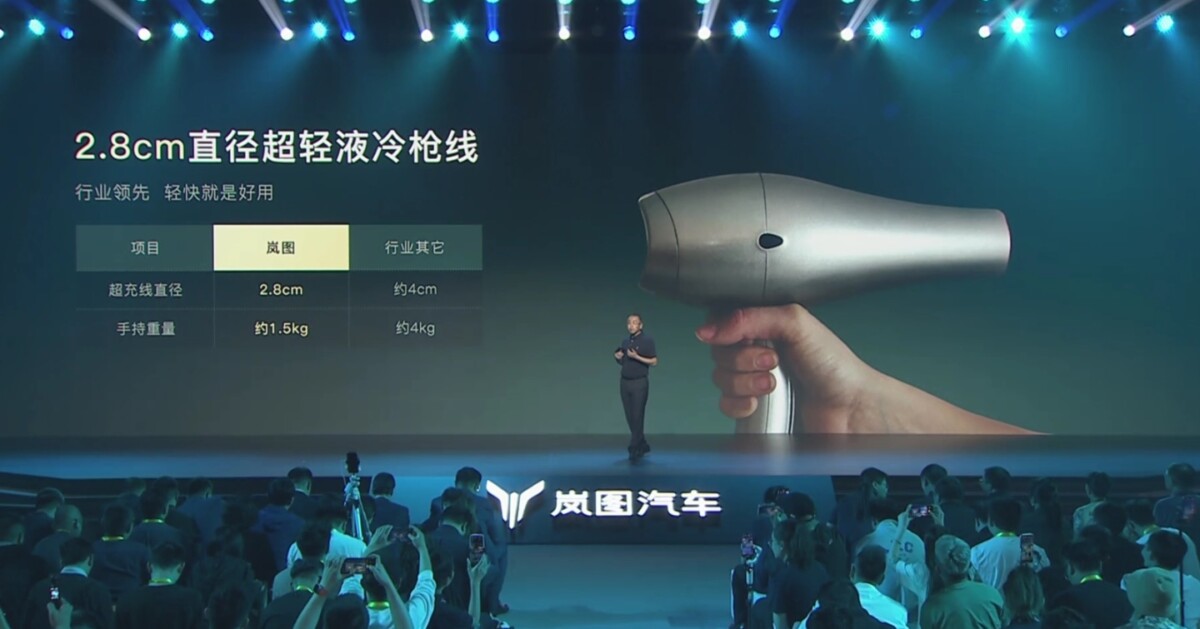Currently, the most advanced electric cars charge from 10 to 80% in around 10 minutes. Charging in less than 5 minutes is already on the horizon, thanks to these future charging stations. Enough to fill up with electrons as quickly as a full tank of gasoline.
Fast charging of electric cars is a strong selling point, as is range. Currently, a good electric car takes about 20 to 30 minutes to go from 10 to 80 percent during a fast charge. The best (like the Zeekr 001 which is arriving in France this year) only take 11.5 minutes over the same exercise, thanks to a charging power greater than 500 kW.
From 500 to 1,000 kW of power
But the five-minute threshold should soon be crossed, thanks to the new charging stations unveiled by the Chinese giant Dongfeng, via its high-end Lantu brand. During a press conference in China relayed by IT Homethe automaker announced that its future electric cars will charge with a rate of 5C.
Which means five times more power than the battery capacity. If this integrates 100 kWh of energy, then the maximum power will be 500 kW. This is precisely the rate of the new CATL Shenxing batteries that we find in particular in the Zeekr 001 and which makes it possible to announce a full load of electrons in around 10 minutes.

But the novelties don’t stop there. Dongfeng also revealed its future charging stations, supporting a charging rate of 8C. That’s eight times the battery capacity. In other words, a 125 kWh battery could accommodate a maximum output of 1,000 kW. With this recharging power, the Chinese manufacturer announces that it is possible to recover 500 km of autonomy (on the Chinese CLTC cycle) in just 5 minutes, and 1.7 kilometers of autonomy in 1 second.
This power of 1,000 kW (or 1 megawatt) is reached with an intensity of 1,000 amps, which therefore means that the battery must accept a voltage of 1,000 volts. Which does not yet exist, even if certain cars come close, such as the Nio ET9 or the IM L6 which exceed 900 volts.
A convenient cable to use
Dongfeng specifies that it has made efforts on the thickness and weight of the cable, with only 2.8 cm in diameter and a weight of 1.5 kg. Compare with the 4 cm and 4 kg for the rest of the industry according to the Chinese manufacturer.

This type of terminal is already starting to be tested and installed around the world, particularly for electric trucks. The latter integrate batteries that are much larger than in cars, and therefore require more power for rapid charging. For the moment, the fastest terminals for electric cars are at Zeekr, with a maximum power of 800 kW. But no car is yet capable of fully exploiting them.
